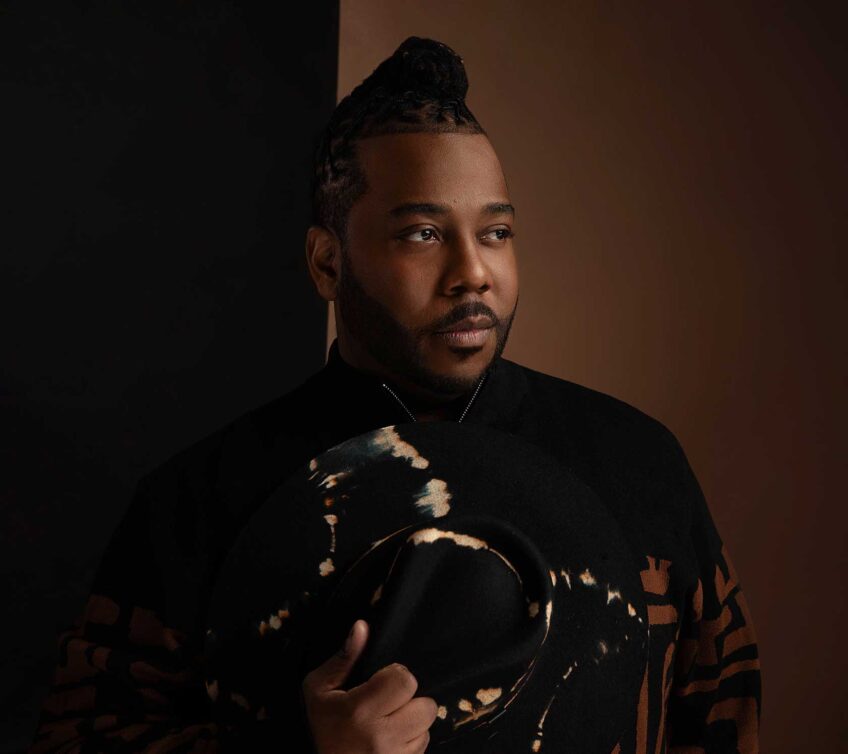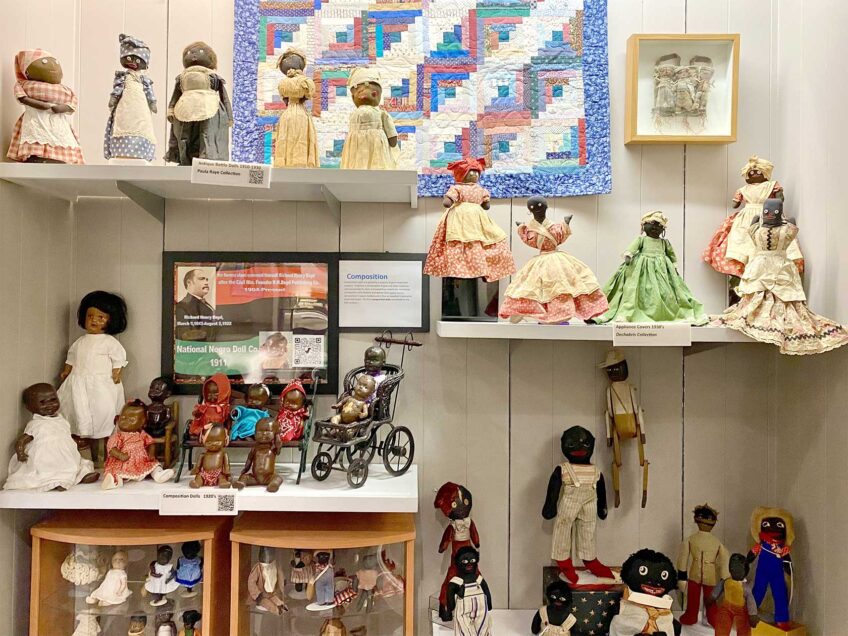

Author: AP /Louisiana State MuseumIn this photo taken by Dan Weiner and released by the Louisiana State Museum, Dr. Martin Luther King Jr. (right), holding his daughter, and his wife Coretta Scott King are shown. The museum has mounted an exhibit of 100 photographic portraits displaying individuals and events from African American history.
NEW ORLEANS — Imagine walking into a room where George Washington Carver is fiddling with test tubes in his laboratory, Jersey Joe Walcott is delivering a mighty punch to Rocky Marciano’s jaw and Gregory Hines is tap-dancing barefoot.
The room is at the Old U.S. Mint, where the Louisiana State Museum has mounted an exhibit of 100 photographic portraits from African American history.
“Let Your Motto Be Resistance” — organized by the Smithsonian Institution’s National Portrait Gallery and taken from their archives — represents the drama and joy, adversity and achievement that are all part of the black experience in America.
Set in a historic building with spots of rust, peeling paint and spidery cracks, the faces in the exhibit illuminate the room and invite rumination and regard.
“These are great photographs of great people,” says Steven Maklansky, director of curatorial services at the museum. “They show the contributions of African Americans to our shared history and culture.”
Along with Carver and Walcott and Hines, there are 97 other portraits, dating from Frederick Douglass in 1856 to Wynton Marsalis in 2004, that line the rich and softly lit brown walls.
There is James Baldwin looking prayerful, Ella Fitzgerald belting out a song, Muhammad Ali jumping rope, Angela Davis shouting into a microphone, Sidney Bechet wailing on his soprano sax, Dorothy Dandridge being glamorous and Amiri Baraka staring into the camera.
There are two pictures of Dr. Martin Luther King Jr. In the first, he is shown young and handsome with his family. In the second, he is also with his family, but he is in his casket, while his 5-year-old daughter, Bernice, who has just caught sight of him, stands gawking in amazement, with her mouth open and her eyes wide.
Some of the most sumptuous photographs in the exhibit are of athletes.
“It’s always interesting to see a static image of an athlete,” Maklansky says, “and to try to see within the photograph some evidence of the power and grace contained within their extraordinary bodies.”
Willie Mays, for instance, is shown at batting practice, getting out of the way of an inside pitch.
“There’s a quality of ballet to his movement,” Maklansky says.
Track-and-field star Jesse Owens is shown in a starting position at the notorious 1936 Olympics, where he bested every runner in attendance and busted Nazi Fuhrer Adolf Hitler’s claim for the superiority of the Aryan race.
It is one of the iconic images of Owens. But just as remarkable as the portrait of his tense and springy body is the label that reveals the name of the photographer: Leni Riefenstahl.


![Banner [Virtual] Art Gallery](https://baystatebanner.com/wp-content/uploads/2024/04/Cagen-Luse_Men-at-store-e1713991226112-150x150.jpg)

![Banner [Virtual] Art Gallery](https://baystatebanner.com/wp-content/uploads/2024/04/Cagen-Luse_Men-at-store-e1713991226112-848x569.jpg)

